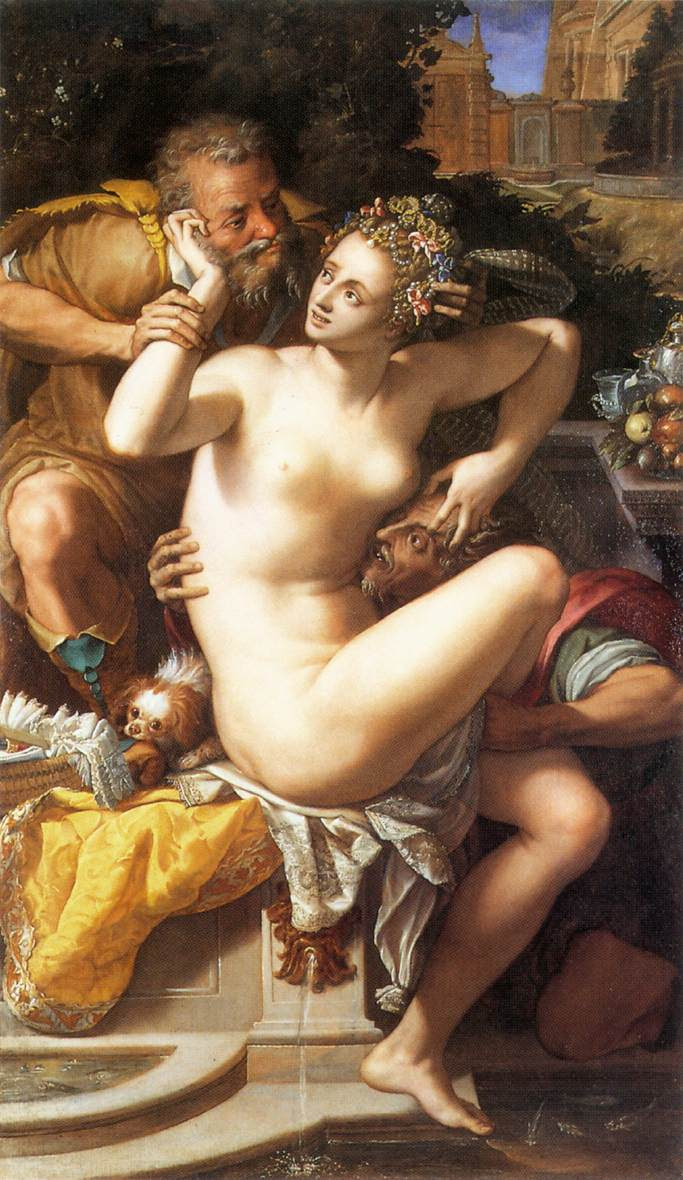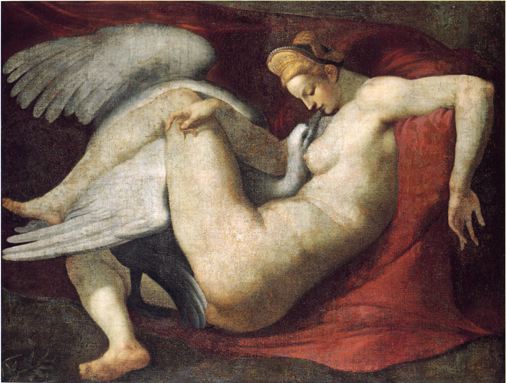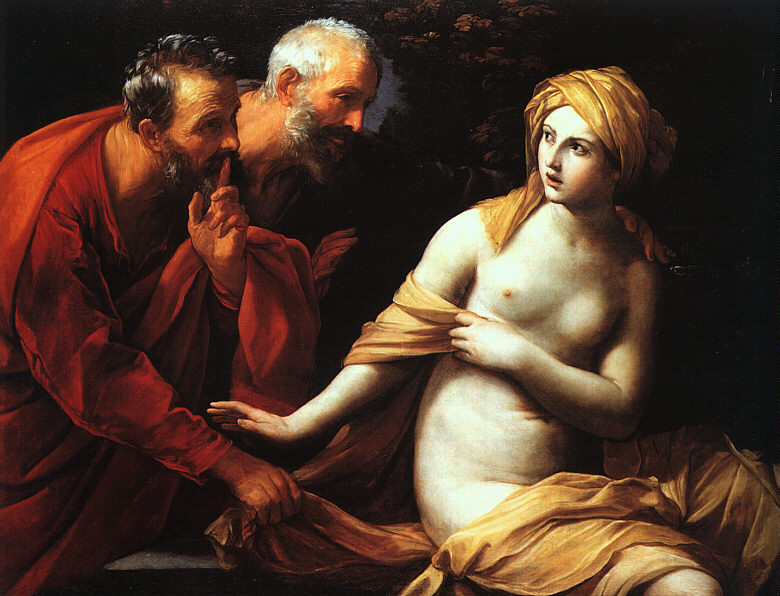By: Simon Brooke :: 25 August 2013
 Today has been a day to remember Martin Niemöller. He first cropped up for me this morning, when I saw a news article about the Greek authorities rounding up and interning transexual people as 'undesirables'. But it bit into something I have been thinking for a while about Scotland's (and soon England's, too) repressive and ill thought out legislation on extreme pornography, and especially images of (simulated) rape.
Today has been a day to remember Martin Niemöller. He first cropped up for me this morning, when I saw a news article about the Greek authorities rounding up and interning transexual people as 'undesirables'. But it bit into something I have been thinking for a while about Scotland's (and soon England's, too) repressive and ill thought out legislation on extreme pornography, and especially images of (simulated) rape.
I don't make images of simulated rape. I'm not aware of having ever seen images of 'simulated rape' — and I don't believe I'd know one if I saw one. This law is not against me.
But I do write stories about the ambiguities of sexual morality, and some of my stories touch on ambiguities about consent. In my novel, Harem, there is a rape scene, although I'd claim it's intentionally not eroticised. But what can be done to the visual image can be done even more to the written narrative, because while a static image literally cannot portray consent or the absence of consent, a narrative can (and, if it's taking the matter seriously, must). So this law may not be against me, but it is on a slippery slope, and if the moral Taleban are allowed to get away with this one, the next law may well be about me.
And yet, so far, I've written one fairly feeble blog post. In it, I make the point that consent isn't visible: that it is completely unclear what images of sex are outlawed.
Let's examine that in detail: the law says
'An image is pornographic if it is of such a nature that it must reasonably be assumed to have been made solely or principally for the purpose of sexual arousal.'
The image is extreme pornography if
'... it depicts, in an explicit and realistic way any of the following— (a) an act which takes or threatens a person’s life, (b) an act which results, or is likely to result, in a person’s severe injury, (c) rape or other non-consensual penetrative sexual activity, (d) sexual activity involving (directly or indirectly) a human corpse, (e) an act which involves sexual activity between a person and an animal (or the carcase of an animal).'
Let's examine this section with reference to four image in the National Gallery in London (I'm sure the National Gallery of Scotland has similar images, but I have not yet found them)
- Rubens' The Rape of the Sabine Women;
- Reni's The Rape of Europa;
- Two images of Leda and the Swan, one after Michelangelo and one in the style of Pier Francesco Mola;
- At least two images of Susannah and the Elders, one by Guido Reni and one by Ludovici Carracci.
In Ruben's image, the (many) women are seen to be fighting and struggling as they are siezed and carried off by their violators; there is no ambiguity about consent in this image. The women do not consent. Although there's no explicit penetrative sex in the image, the image is in the context of a narrative which will have been well known to its target audience: the early Romans, being mainly male and not having enough women to go around, invited their neighbours the Sabines to a festival in order to seize and abduct their women. So this is strictly rape in the modern sense, and the target audience certianly knew that.
The second image, although peaceful to the eye, also carries a well known narrative. The god Zeus, desiring the human maiden Europa, transformed himself into a bull and carried her off to Crete. In the narrative there's no hint of seduction. She did not know he was a God, she did not know he had sexual intention, she was lured and entrapped. Again this image does not depict sexual activity, but the sexual activity it clearly implies is, this time, with an animal — a bull.

Zeus, of course, was a serial rapist. Leda and the Swan refers to a similar tale, in which Zeus transformed himself into a swan. The 'after Michelangelo' treatment of this subject is explicit — it clearly shows the swan copulating with the woman. She doesn't seem to be resisting — consent is implicit in the image — but it's clearly 'extreme' under paragraph (e) above. The other Leda and the Swan image is to my eye less explicit — the swan is between the woman's legs in a pose which suggests penetration, but it is nothing like as vigorous.
Susannah, in the narrative in the book of Daniel, is a virtuous young woman who two senior members of the community try to blackmail into having sex with her. If she refuses, they will accuse her of adultery, a crime which will carry the sentence of death by stoning.
 Guido Reni's image of Susannah and the Elders is interesting, because it shows that Susannah, as the elders attempt to blackmail her, looks troubled and concerned — she is neither consenting nor complacent. But in the other? There are other images of this theme — not in the National Gallery — which are even more troubling, a matter I'll return to later.
Guido Reni's image of Susannah and the Elders is interesting, because it shows that Susannah, as the elders attempt to blackmail her, looks troubled and concerned — she is neither consenting nor complacent. But in the other? There are other images of this theme — not in the National Gallery — which are even more troubling, a matter I'll return to later.
But are these images pornography? Clearly, on the contrary, are they not art?
Well, no.
Look at the wording of the act.
An image is pornography if
...it is of such a nature that it must reasonably be assumed to have been made solely or principally for the purpose of sexual arousal...'
We know as a matter of historical fact that these late renaissance and post renaissance images of illicit sexuality were made — and sought after — specifically as erotic images. That's why these three subjects — the Sabine Women, the rapes of Europa and Leda, and also Susanna and the Elders — were such popular themes, painted and repainted over a period of over a hundred years by many artists. These images were the most erotic which artists of the time believed they could get away with, and were bought for precisely that reason — and their eroticism rested significantly in the illicitness of the sexuality depicted. These pictures were by far more popular, and consequently have survived in larger number, than depictions of more sedate sexuality.
And yet in these images — chosen, it must be assumed, for their illustration of well-known narratives of non-consensual sex — the women are often shown apparently relaxed, apparently complacent. It's hard to avoid the conclusion that part of the meta-narrative behind these images is that 'women really enjoy being raped'. However, that's an aside from my present topic.
These images are, as I've argued, pornography. They portray rape, and some of them also portray bestiality. If this law on 'extreme pornography' is to be enforced, then the first to be prosecuted must be the trustees of National Gallery.
But these are still images, whose narrative context must be supplied by the viewer: it's in the mind of the viewer that these images are to be interpreted as images of rape, although the Leda and the Swan images are indeed explicitly images of bestiality. What of moving images, where the image supplies its own narrative?
Before writing this essay I rewatched the infamous 'butter' scene in Bernardo Bertolucci's Last Tango in Paris. It's unambiguous that the female protagonist does not consent to anal sex. So this is clearly rape. But it is not just a portrayal of rape, but rather what at minimum must be understood as a very real sexual assault: it has been widely reported that the actress, Maria Schneider, was bullied into this scene by both Bertolucci and Brando.
Schneider's distress and resistance are very clearly shown. Is the narrative context one that '...must reasonably be assumed to have been made solely or principally for the purpose of sexual arousal'? H'mmmm. That is, of course, a matter of interpretation. Bertolucci claims (as I'm sure that Michelangelo and Rubens would have done before him) it's art. It is undoubtedly a psychological study. But if it was not intended to arouse, why was Maria Schneider cast? Why does the camera pay so much attention to her naked body? Why are the sex scenes so frequent, so prominent, so extended, and so intense?
But, do we want to say that this and other mainstream movies which portray rape — Clint Eastwood's High Plains Drifter, for example, or John Boorman's Deliverance — should be illegal in Scotland? All these films clearly portray rape. Do we want to say that artists may not discuss, through the medium of film, the moral and psychological issues of sexual assault and rape?
And that raises a bigger question. How are young people to learn what sexual behaviours are legitimate, and what illegitimate, if frank discussion of deviant sexuality is excluded from art and from popular media?
'Think of the children', the new puritan Taleban wail. I am thinking of the children. That's precisely who I'm thinking of. For their sake, for their hopes of growing up to become adults able to have healthy sexual relationships, to know the difference between acceptable and unacceptable behaviour, we must not stifle or distort discussion of the full range of human sexuality.
« Reference counting, and the garbage collection of equal sized objects | | The immutable pool: more on optimising memory management for functional languages »

